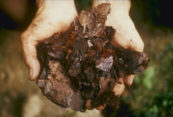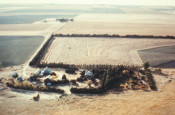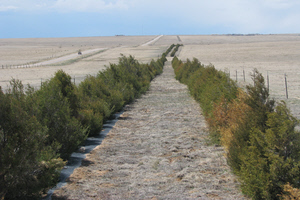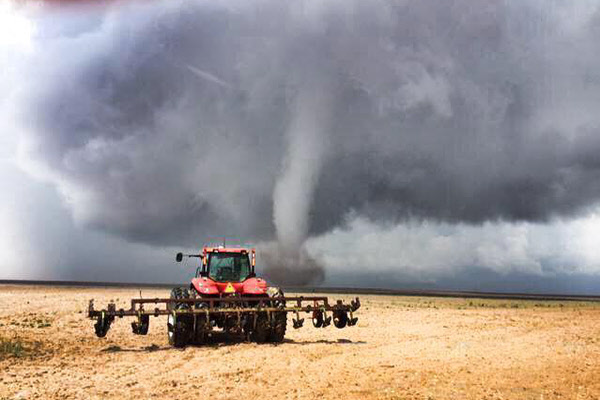Noxious weeds are invasive plants that require immediate attention because of their far-reaching environmental and economical impacts.

Double El Conservation District
Conserving Natural Resources
Browse our Conservation Corner archives to learn more, plan more and if you don't find what you need, Contact Us!



Compost quality is determined by the raw ingredients used, usually made up of animal manure, farm and garden waste, bedding, grasses, hay, leaves, and many plant by-products. The ideal PH is 6.5-8.0 and the moisture content should be 30%. Start process 6 months to a year before you need the soil. In the breakdown phase organic […]


Windbreaks are planted to protect soil, crops, livestock, and homes or other farm buildings from high winds. Windbreaks provide many environmental benefits such as conserving energy, reducing flood damage, conserving and stabilizing soil, increasing property values, trapping winter moisture, and replenishing water tables. In winter they control snow drifting, reduce cold winter winds and protect […]


The ultimate goal of the Living Snow Fence program is improved traffic safety, benefits to taxpayers with decreased cost of snow removal on public roads and decreased long term costs associated with slatted snow fence maintenance. The longevity of a tree-planting is one of the most valuable attributes of a living snow fence. Trees will […]



In conservation tillage systems, farmers disturb the soil as little as possible by using special equipment, such as disk-chisels, no-till planting drills, and subsoilers. A protective cover of residue from the previous crop—a minimum 30 percent coverage—is retained as mulch on the soil surface. This residue provides a number of benefits. During the growing season, […]
